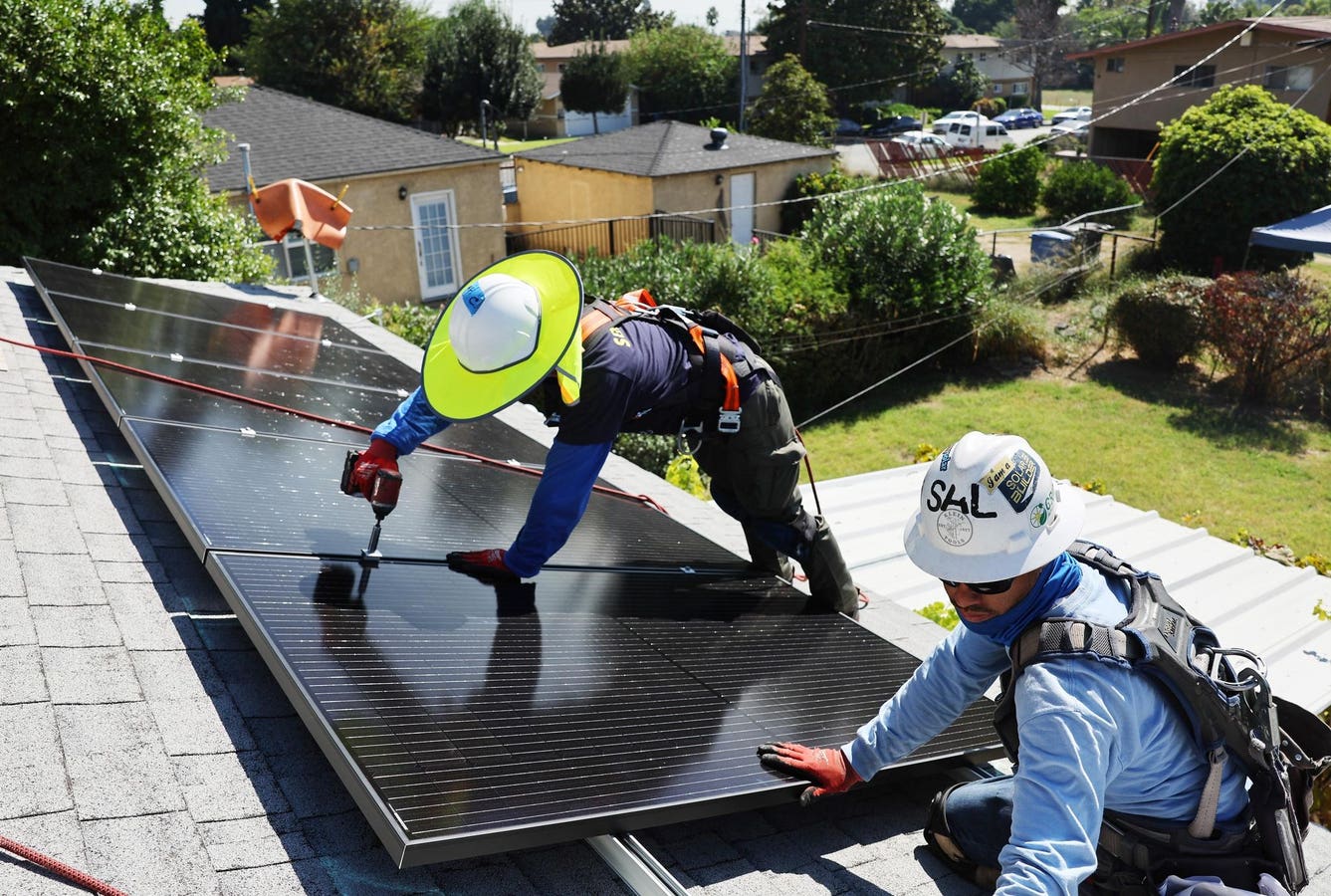Energy has long been a politicized topic in America. The future of the country’s coal mines became one of the totemic issues between Republicans and Democrats in 2016, with Donald Trump promising to “bring back coal” and repeal the Obama-era regulations. When Republicans took to the stage to make their case to be the GOP’s presidential candidate in August, all expressed either skepticism about the existence of climate change or the legitimacy of climate related energy policies.
Snappy political slogans are not known for their nuance, and it is important to acknowledge some simple realities. Coal demand in North America (including Canada) peaked in 2000. Whilst abundant, it is a very inefficient and therefore expensive means to produce electricity. Which is why it was overtaken by cheaper (and cleaner) natural gas. But natural gas will lose out to solar and wind power as they are more efficient (and cleaner) still. So, any policies that extend the life of fossil fuels as a domestic power source will only add to household energy bills.
According to our deep-dive forecast on the energy transition in the U.S. and Canada, consumers will be the ultimate beneficiary of the decarbonization of the energy mix. Today, fossil fuels make up about 80% of the North American energy mix and this will drop sharply to about 40% by 2050. This change will primarily be driven by the rapid electrification, particularly of road transport and in homes, and the sharp increase in solar and wind as a means to generate that electricity.
When writing about the energy industry, we often refer to capital expenditure (CAPEX) and operational expenditure (OPEX) and we can also look at household spending through the same lens. There will be a bump in upfront costs (CAPEX) for households as they transition to electricity based solutions such as heat pumps and electric stoves, but this will be more than balanced by very favorable OPEX as consumers benefit from cheaper energy prices and better energy efficiency, including in their electric vehicles. And it should be remembered that cost learning effects also apply to technologies like heat pumps and over time they will become cheaper.
The long term trend is extremely positive for American and Canadian energy consumers. Households will spend progressively less on energy and by 2050 the household energy costs will be half of what they are today.
The transition needs to be carefully managed. Moving to a more electrified and less carbon intensive energy system will impact employment patterns, particularly in those states which have a history of fossil fuel extraction. For households, it is important those with a low income are not left behind. The upfront costs of devices such as heat pumps, which are at the heart of the residential energy transition, can dissuade low-income households from investing in these. These households are then at risk of missing out on the reduction in their energy bill in the long run, which is a form of the phenomenon dubbed ‘the poverty tax’ in popular parlance. Support is required to be provided to break this poverty cycle.
We forecast that 12 trillion dollars will be spent on renewables and the grid in North America between now and 2050. This sounds like an intimidating number from a tax payers point of view. Therefore, it is vitally important that consumers understand that the transition to wind and solar, to heat pumps and EVs is not at the detriment to the consumer, it is to their benefit.
Read the full article here





